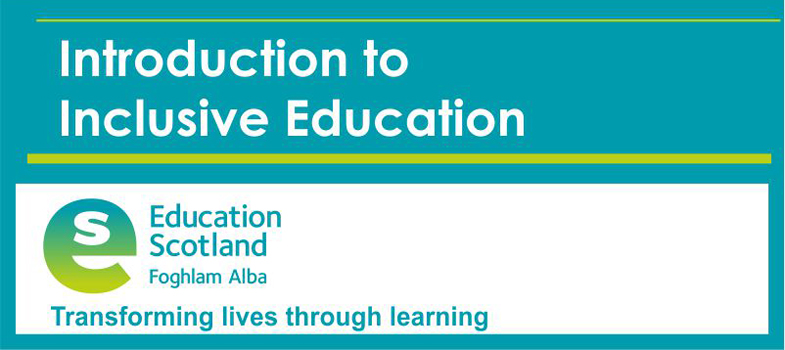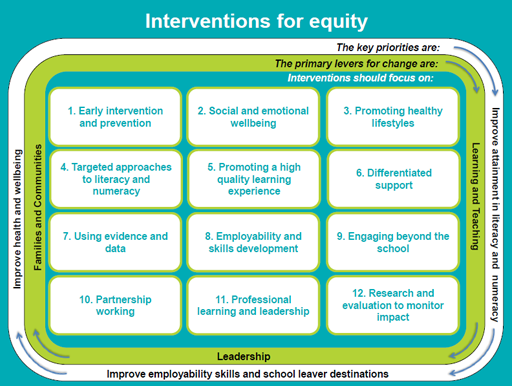Reducing barriers and supporting needs
Effective communication between professionals, parents/carers and learners is an essential contributing element required to reduce any barriers to learning. A child or young person may have additional support needs arising from more than one of the factors highlighted in figure 10. Additional support for children and young people may be provided in a range of locations including in school, at home, in hospital, or in a specialist health, social services or voluntary agency facility. Examples of support to reduce barriers may include:
- a particular approach to learning and teaching: for example, as used with children and young people with autism spectrum disorders, dyslexia or sensory impairments
- youth work provided through community learning and development
- attendance shared between school and further education college
- the deployment of personnel from within the school or education authority: for example, support from a learning support teacher in the school or from a peripatetic teacher of the deaf
- the deployment of personnel from outwith education: for example, support provided by allied health professionals working in health or social workers from the local authority or staff from the voluntary sector where this support enables the child or young person to benefit from education
- provision of particular resources, including information and communications technology (ICT) and particular learning and teaching materials.
- a support for learning assistant working with a learning disabled child in a nursery
- class teacher helping a child by following a behaviour management programme drawn up in consultation with a behaviour support teacher
- tutorial support from a support for learning teacher to help with a reading difficulty
- use of communication symbols by a child with an autism spectrum disorder
- designated support staff working with Gypsy/Traveller children on their site to help them improve their literacy and numeracy skills
- in-class support provided by an English as Additional Language (EAL) teacher for a child whose first language is not English
- use of an app on a tablet computer to support writing
- a higher attaining child at the later stages of primary school receiving support to access the secondary mathematics curriculum
- a higher attaining child at the later stages of primary school receiving support to access the secondary mathematics curriculum.
A suite of research-proven ‘interventions for equity’ has been designed and developed to support educational establishments.
Learning environment
The first barrier to learning identified in the Code of Practice (2017) occurs when the learning environment does not meet or support children’s and young people’s personal learning needs.
This may be due to:
- Factors such as the ethos and relationships in the school
- Inflexible curricular arrangements and approaches to learning and teaching which are inappropriate because they fail to take account of additional support needs. For example, higher attaining pupils may not be challenged sufficiently or those with specific reading or writing problems may not be receiving the appropriate support to help them make progress overcoming their difficulties.
- teaching which is pitched at an inappropriate level for the learner’s current stage of development or levels of achievement;
- learning activities which do not take account of the fact that the learner has had limited play opportunities or missed school work through long or frequent absences, or has recently moved setting or school;
- a curriculum or teaching approach which is out of line with the learning taking place within another setting, for example a work placement or special unit;
- use of a language, register or vocabulary with which the learner is insufficiently familiar;
- learning contexts which do not take account of the learner’s current level of maturity, or their interests; or
- learning may have been interrupted because the learner belongs to a Gypsy/Traveller family, attends school irregularly, has recently arrived from another country and educational system, moved to Scotland as part of an Armed Forces posting or does not have English as their main language. A higher attaining learner who for a variety of reasons may experience interrupted learning may benefit from additional support to attain and achieve well.
3.5 Barriers to learning

